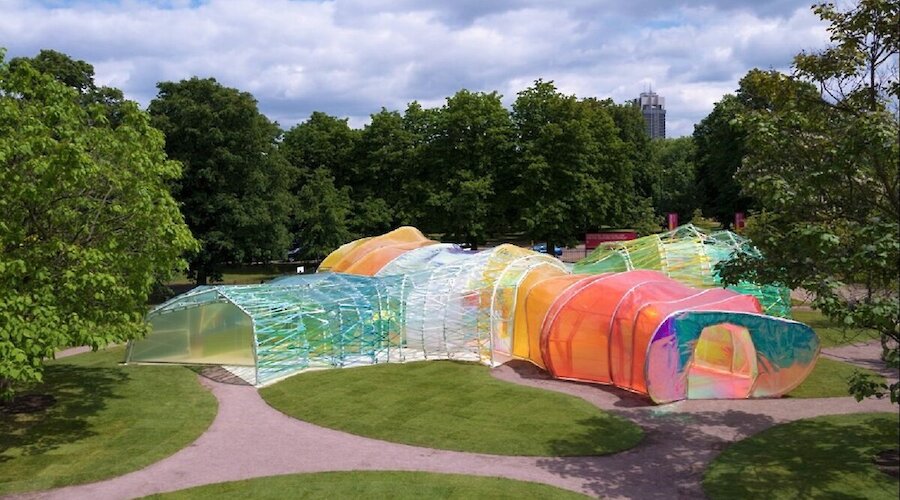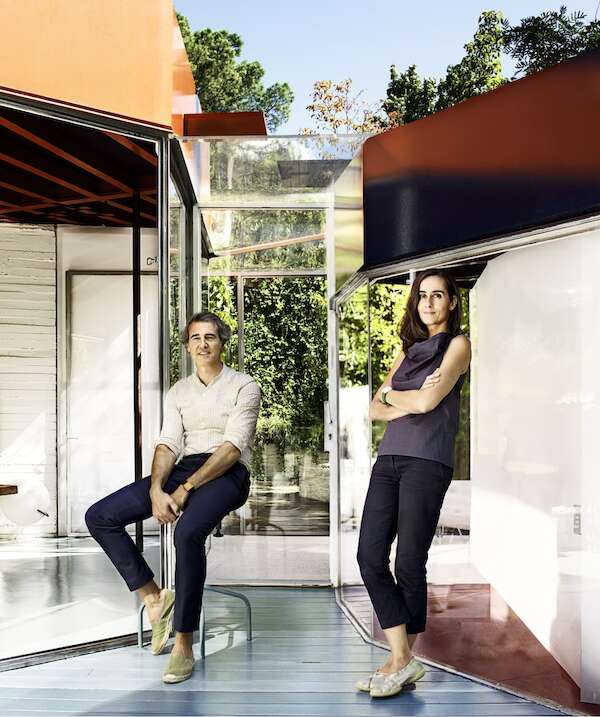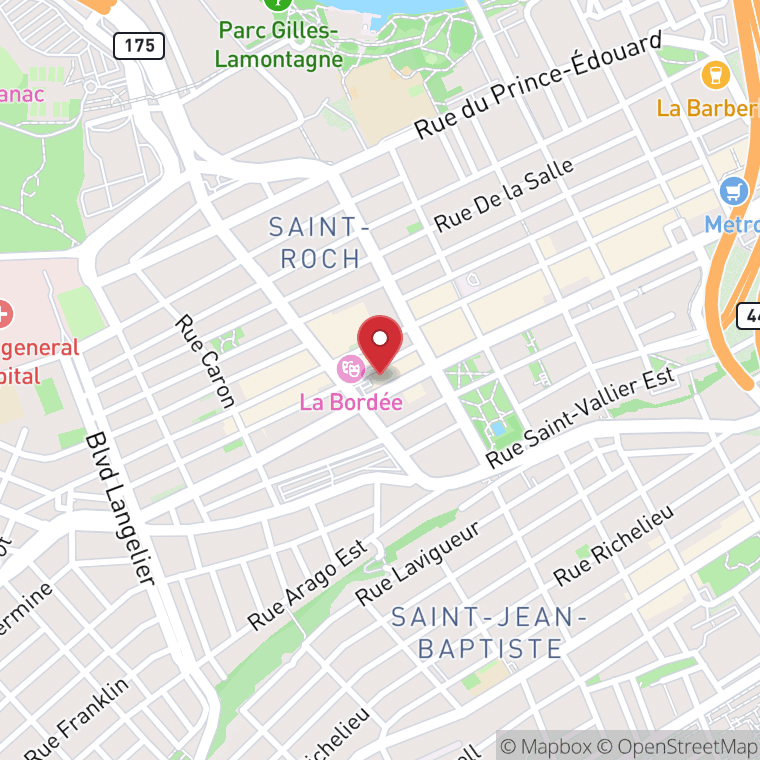Lucia Cano and José Selgas at the Laval University School of Architecture

Laval University’s School of Architecture welcomes Spanish architects Lucia Cano and José Selgas for a workshop on sustainable construction and community space, a conference on innovative design, and an ephemeral installation sponsored by the Spanish Embassy.
This event will bring together architecture professionals and students through three main activities:
Workshop
This workshop offers a unique opportunity for participants to develop new skills and explore innovative techniques under the guidance of Selgascano’s internationally recognized architects.
The themes include sustainable construction and community-oriented architectural spaces. Participants will be encouraged to collaborate and experiment.
Conference
- On Thursday, October 17, 5 pm to 8 pm. Buy tickets.
- At Château Frontenac, 1 Rue des Carrières, Québec City, Quebec G1R 4P5.
The conference will be open to the entire School of Architecture community, as well as Quebec and international architecture firms, and anyone interested in innovative design.
It will cover various topics, including current design trends, new technologies, and contemporary challenges in urban planning. These will be illustrated through projects by Selgascano architects. Speakers will share their experiences and visions to inspire and educate participants.
During the critique session, students will present their projects to Selgascano architects, our professors, and other invited professionals, receiving constructive feedback. These critiques will provide fresh perspectives and valuable advice for enhancing the presented projects.
Ephemeral installation
The guest architects and architecture students from Laval University’s School of Architecture will design and build the ephemeral installation, supervised by their professors and industry professionals.
Sponsored by the Spanish Embassy and the university, this installation will showcase creativity and innovation, providing visitors with an immersive experience.
About Selgascano

José Selgas was born in Madrid in 1965 and graduated as an architect from ETSA Madrid in 1992. He worked with Francesco Venecia in Naples from 1994 to 1995. From 1997 to 1998, he held a scholarship at the Spanish Academy of Fine Arts in Rome.
Lucía Cano, also born in Madrid in 1965, graduated in architecture from ETSA Madrid in 1992. She worked with Julio Cano Lasso until 1996 and was part of the Estudio Cano Lasso team from 1997 to 2003.
Selgascano was founded in Madrid in 1996 as a small workshop that aims to remain that way. They have worked on a diverse range of projects, always prioritizing nature in their approach. Their work emphasizes research into the building process, which they view as an ongoing dialogue among all involved elements, from fabrication to installation. Selgascano avoids strategies that create disciplinary issues and strives for beauty that is accessible to everyone.
They prefer not to give lectures or classes, allowing them to focus intensely on their projects. However, they collaborated with MIT from 2013 to 2014 on a short-term initiative that explored innovative ways to integrate nature through artificial means, utilizing technologies from fields not typically associated with architecture. This aligns with their goal of reducing architecture’s impact on nature, minimizing its presence, and transforming its role into a catalyst for new types of natural environments.
In 2015, they were commissioned to design the Serpentine Pavilion in London’s Hyde Park. That same year, they created a school for a site in Kibera, Nairobi, which was funded and first exhibited at the Louisiana Museum in Denmark. In 2016, they designed a pavilion in Cognac, and in 2018, they presented a bathing pavilion for the Bruges Triennale, which ran from May to September.
They have exhibited at MoMA and the Guggenheim in New York, the Venice Biennale, the Chicago Architecture Biennale, the GA Gallery in Tokyo, the Museum of Contemporary Art in Tokyo, the Design Museum in London, the Academy of Arts in Berlin, the Louisiana Museum in Denmark, the Tin Sheds Gallery in Sydney, and MIT in Boston.
In 2013, they won the Kunstpreis, awarded by the Berlin Academy of Arts. That same year, they were named “Architects of the Year” by the German Design Council in Munich. In 2019, they were finalists for the Mies Van der Rohe Award.
